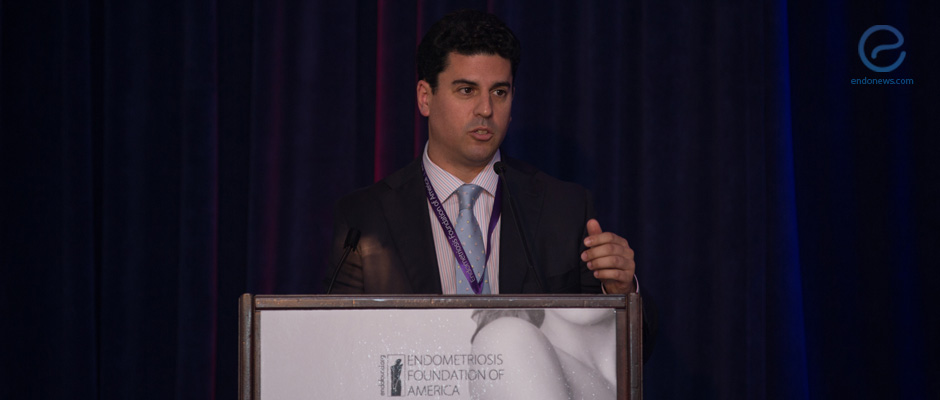EFA Medical Conference 2017: "Prophylactic Mastectomy and Breast Reconstruction" Presentation by Dr. Oren Lerman
Nov 17, 2017
Dr. Lerman gave an overview of the state of reconstructive breast surgery.
Key Points
Highlights:
- Breast reconstruction techniques have advanced tremendously to the extent that it may not even be possible to tell that a woman has undergone breast reconstruction following breast tissue removal.
Importance:
- Breast reconstruction can help women look and feel at their best following breast tissue removal as a preventative measure or a result of breast cancer.
Key Points:
- There are two types of breast reconstruction methods: implant reconstruction and natural tissue reconstruction.
- Implant reconstruction is typically a two-stage procedure where a temporary implant is first used as a tissue expander before the actual implant is placed, but can also sometimes be done as a single step procedure.
- Different types of implants can be used, including cohesive gel implants and silicone implants.
- The implant can be placed under or over the muscle.
- There are several disadvantages associated with breast implants including hardening, leakages, and no longer matching a woman’s changing body over time.
- The tissue used in natural tissue reconstructions can come from different parts of the body.
- Natural tissue reconstruction can only be performed by a specialist trained in microsurgery.
Lay Summary
Dr. Oren Lerman, a plastic and reconstructive surgeon at Lenox Hill Hospital in New York City, described the reconstructive options of a woman who has been or is going to go through a mastectomy (removal of breast tissues) whether it is preventative (prophylactic) or as a result of breast cancer.
Dr. Lerman highlighted that with the advancement of reconstructive techniques, not only is it no longer possible “to tell” whether a woman had reconstructive surgery following a mastectomy, but they may “even look better than they did before they had surgery.”
Dr. Lerman explained that there are two kinds of breast reconstruction options: implant reconstruction and natural tissue reconstruction.
Implant reconstruction, which is the traditional method and which makes up around 80 percent of all breast reconstructions involves the placement of a temporary breast implant called a tissue expander at the time of the mastectomy, under the muscle tissue in the chest. The tissue expander is then injected with fluid until it takes the shape of a breast matching the other side. This is then removed and space it created filled with the actual implant.
Nowadays. single-stage reconstructions can also be used for specific patients where a biological mesh called an acellular dermal matrix allows the tissue to be expanded and a breast implant to be introduced at the time of mastectomy.
Dr. Lerman then talked about the different kinds of breast implants that can be used before touching on the disadvantages of breast implants such as hardening, leakages, and no longer matching to a woman’s changing body over time.
The second option is called natural tissue reconstruction or autologous reconstruction. This technique can only be performed by a specialist trained in microsurgery and involves the transplantation of natural tissue taken from another part of the body, usually the abdomen, into the breast. “So, you have a scarless breast reconstruction that looks like she never had surgery, plus she gets a free tummy tuck out of it,” Dr. Lerman said.
He added that their goal is to improve the patient's overall body appearance and to make them feel comfortable not just when they are wearing clothing but also when they are not.
He concluded his presentation by saying that breast reconstruction is not just for mastectomy patients and that it can also be used for breast conservation at the time of lumpectomy or the removal of a breast tumor.
Dr. Lerman’s full presentation is available on the EFA website.
Research Source: Dr. Lerman gave an overview of the state of reconstructive breast surgery.
mastectomy reconstructive breast surgery breast implant breast cancer mc2017

